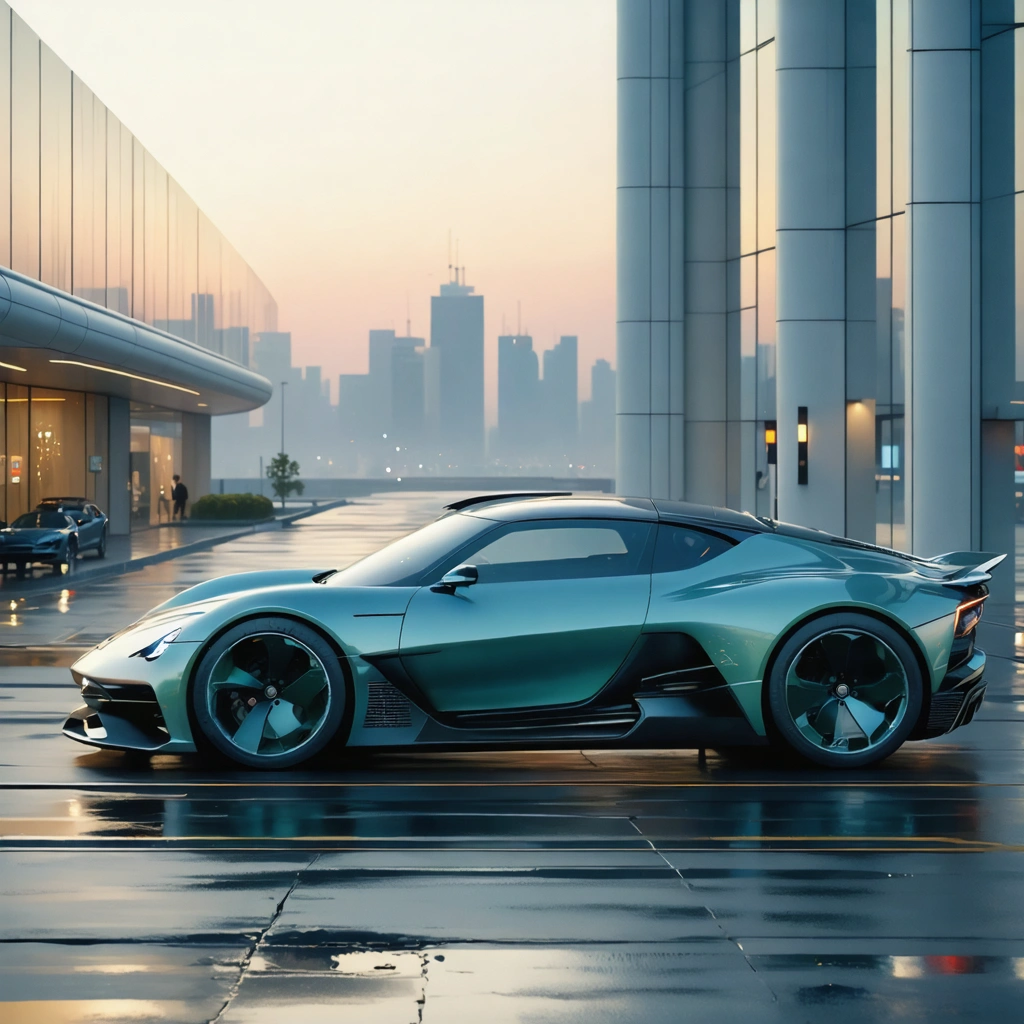
Overview of the EU’s 2035 Ban on New Gas Cars
The European Union has recently reaffirmed its commitment to phasing out new gas-powered vehicles by 2035, marking a transformative moment in the global automotive industry. This decisive policy change signals the EU’s strategic shift towards sustainable transportation and clean energy, propelling both regulators and manufacturers towards innovation and adaptation. The regulation has generated vigorous discussion among stakeholders, including automakers, environmentalists, and policy experts, as it sets a clear timeline for the transition from fossil fuel-based vehicles to electric and other alternative powertrain technologies.
Context and Rationale Behind the Policy
The underlying rationale for this ban is multifaceted. Key objectives include:
- Reducing greenhouse gas emissions to meet international climate commitments;
- Accelerating the research and development of electric vehicles (EVs) and hybrid technologies;
- Encouraging investments in sustainable infrastructure and renewable energy sources;
- Reducing reliance on imported oil and fostering energy independence within the EU.
This policy illustrates the EU’s commitment to environmental stewardship by earmarking significant investments in green technologies and providing a roadmap for future transport systems. The strategic decision to ban new gas cars by 2035 is not merely regulatory but is also designed to stimulate technology adoption that aligns with broader sustainability goals.
Economic and Industrial Implications
The ramifications of the ban will be profound, affecting various sectors of the automotive value chain. Manufacturers now have a clear timeline that helps align their business strategies, and the regulatory certainty is expected to catalyze innovation across the board. In particular, automakers are now prompted to invest in next-generation vehicle technologies, retool production lines, and establish a stronger foothold in the competitive EV market globally.
Opportunities for Automakers and Related Industries
With the policy in place, several significant opportunities emerge for both the automotive industry and related sectors. Key points include:
- Investment in Research and Development: The push for cleaner technology is expected to increase funding in R&D, leading to breakthroughs in battery technology, energy efficiency, and vehicle performance.
- Job Creation and Skill Development: The expansion of electric vehicle manufacturing and infrastructure projects can boost job creation, particularly in areas such as software development, battery production, and renewable energy management.
- Supply Chain Transformation: There is an anticipated shift in supplier dynamics, as the demand for traditional automotive components will decrease while that for EV-specific parts, including semiconductors and advanced materials, will surge.
The table below outlines the strategic benefits and challenges expected as a result of the transition:
| Aspect | Benefits | Challenges |
|---|---|---|
| Technological Innovation | Breakthroughs in battery performance and reduced emissions | High initial R&D costs and technological uncertainties |
| Market Opportunities | Expansion in EV markets, leadership in a green economy | Disruption of traditional market segments |
| Employment | New career opportunities in emerging industries | Potential job losses in conventional automotive manufacturing |
| Environmental Impact | Reduced pollution and enhanced compliance with climate targets | Need for sustainable disposal and recycling of batteries |
Strategic Roadmap for Automakers
Adapting to new regulations requires a concerted effort by all players in the ecosystem. Automakers must integrate forward-thinking strategies that leverage technological advancements and address the evolving needs of consumers. Strategic planning now focuses on creating a competitive advantage amid changing regulatory landscapes.
Key Strategic Initiatives
To succeed in an environment shaped by strict environmental policies, automakers are undertaking various initiatives:
- Electrification of Portfolios: Rapid investment in electric vehicle technology is resulting in an expanded range of products catering to diverse consumer needs. This transformation is underpinned by substantial government incentives, private sector R&D, and strategic partnerships.
- Infrastructure Development: Collaborations with governments and tech companies are enhancing the rollout of charging stations and smart grid systems, facilitating a smooth transition and greater consumer confidence in EV adoption.
- Sustainability and Circular Economy Strategies: Manufacturers are rethinking end-of-life vehicle recovery processes such as recycling and repurposing batteries, ensuring that sustainability remains at the forefront of innovation.
Furthermore, a detailed analysis and forecasting exercise have led companies to map out potential business models. This includes the study of consumer behavior and emerging trends in mobility, where companies are now emphasizing connectivity and integrated mobility services over traditional vehicle ownership.
Future Outlook and Conclusion
Looking forward, the EU’s reaffirmation of the 2035 ban on new gas cars stands as a cornerstone policy that will redefine industry dynamics. The transitional period offers both challenges and opportunities for automakers, as well as supply chain partners. In response, businesses are mobilizing to not only meet regulatory requirements but to set new standards in technology, environmental performance, and consumer engagement.
Long-term Business Impact
Industry executives predict that the push towards sustainable vehicles will pave the way for a competitive, innovative, and resilient market. The following points encapsulate the long-term impact:
- Robust growth in electric vehicle adoption fueled by both policy and market forces.
- An evolution in consumer preferences, prioritizing sustainability, efficiency, and advanced technological features.
- Increased concentration of market power among early innovators with the capacity to scale new technologies quickly.
- A renewed focus on supply chain resilience and strategic partnerships that support sustainable practices.
Ultimately, despite the inherent challenges, the EU ban is setting a clear path toward future mobility. As automakers and their partners reevaluate business models and invest in cutting-edge technologies, the transition will not only align with environmental imperatives but also drive significant economic and industrial growth. The transformative impact of this regulation highlights a collaborative future where innovation, regulatory foresight, and operational agility converge to redefine the automotive landscape in a more sustainable and economically viable manner.




